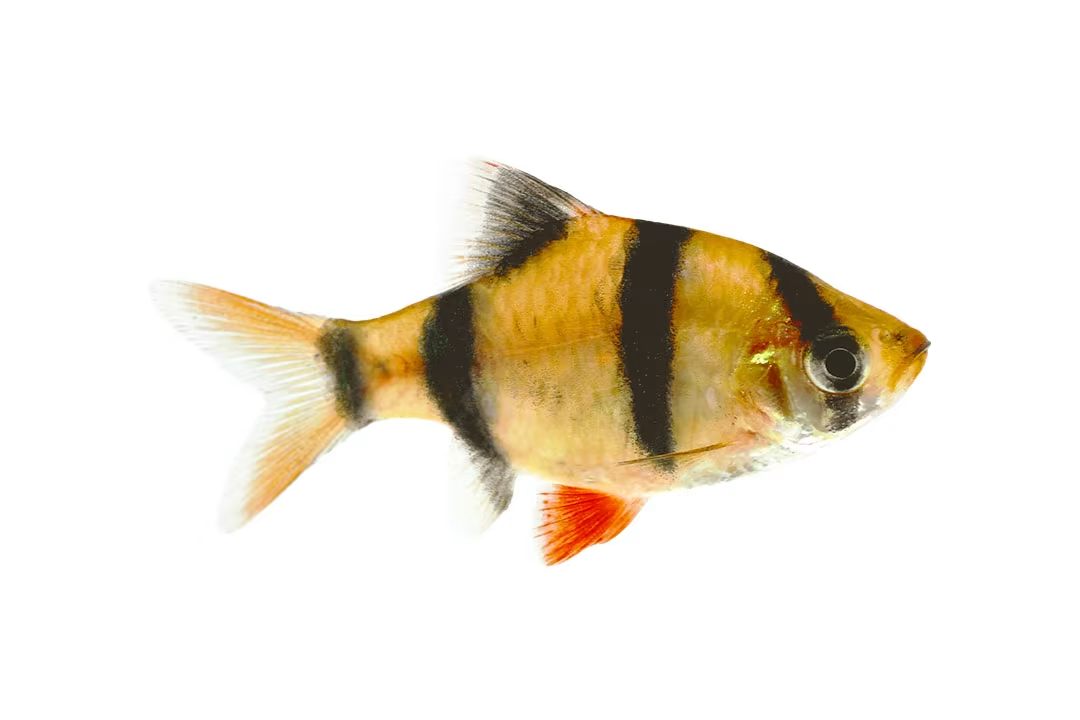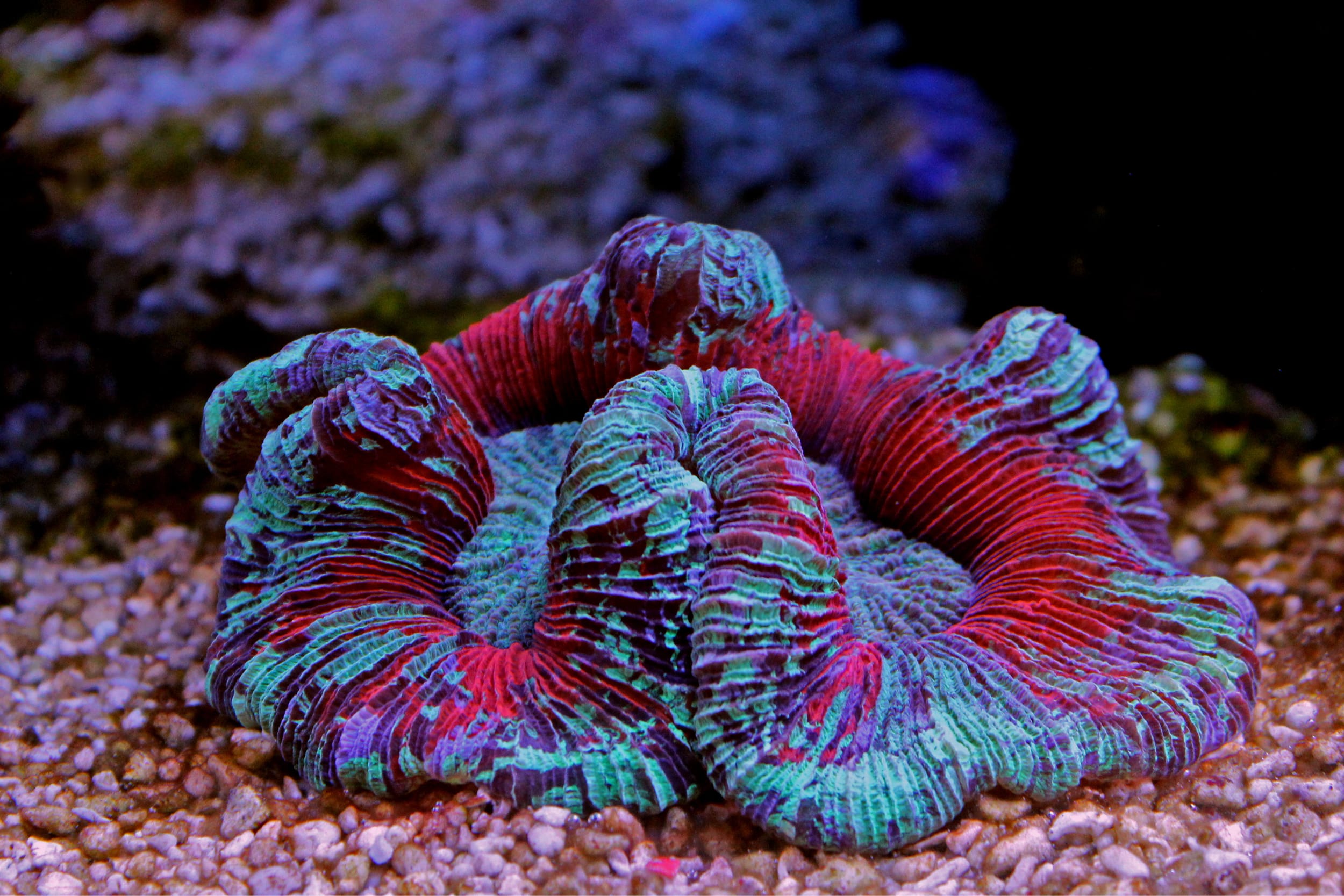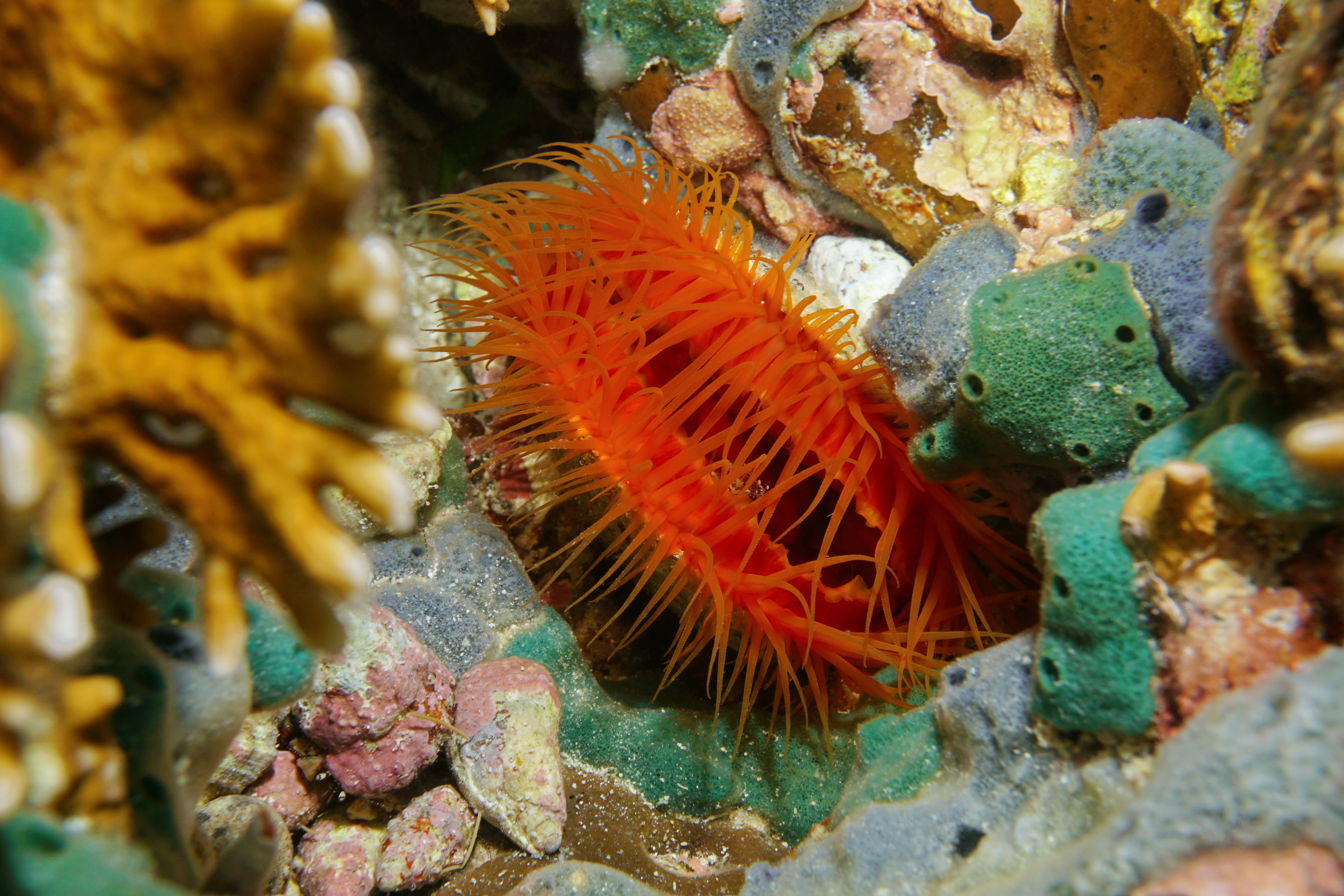Barbs Care Sheet

This care sheet covers a variety of catfish species, including:
- Tin foil barb
- Green tiger barb
- Tiger barb
- Chinese gold barb
- Cherry barb
- Rosy barb
- Checker barb
- Arulius barb
- Odessa barb
- Denison barb
- Gold barb
- Gold clown barb
Overview
Scientific names: Barbus schwanefeldii, Puntius tetrazona, Puntius sachsii, Puntius titteya, Puntius conchonius, Oliotius oligolepis, Puntius arulius, Pethia padamya, Sahyadria denisonii, Barbodes semifasciolatus, Pethia gelius.
These active, hardy, brightly colored schooling fish will add tons of movement and color to any aquarium. Because of their robust, adaptive nature, most species make great companions for beginning aquarists. Because of their nippy personalities they are best kept separate from docile aquatic species and those with long, flowing fins.
Typical appearance and behavior
- Very active; most species will swim in the middle to lower levels of the aquarium
- Most comfortable in schools of five or more of the same species; odd numbers are recommended to prevent pairing
- Can be aggressive if kept singly or in pairs
- Barbs’ mouths contain rows of teeth
- Most barbs in the aquatic hobby are aquacultured
Characteristics
| Care Difficulty | Beginner |
| Average Life Span | Up to 15 years with proper care, depending on species |
| Average Adult Size | 1½ - 14+ inches long, depending on species |
| Diet | Omnivore |
| Minimum Habitat Size | 10+ gallons, depending on species |
| Water Temperature | 72-82°F |
Habitat
Habitat size
Keep in an appropriate size aquarium based on the species selected, which can range from 10 gallons for smaller species to a much larger aquarium for a species like an adult tinfoil barb.
Building your habitat
Water health
- Provide proper filtration to ensure optimal water quality to help maintain health. Slow to moderate water circulation should be provided to mimic water currents and high oxygen levels found in the barb’s natural habitat. Stable water quality (pH, ammonia, nitrate, nitrite) and water temperature are critical to the health of aquatic life. If you are unsure of your water quality, bring a sample to Petco for free testing
- An aquatic heater should be used to stabilize water temperature, ensuring it does not fluctuate more than 2 degrees in either direction in a 24-hour period
- Many barbs will benefit from the addition of freshwater salt to the aquarium; the specific gravity should be kept at 1.004. Always research your species-specific needs before adding freshwater aquarium salt. Do not allow specific gravity to fluctuate more than 0.001 in either direction in a 24-hour period
Decor - Provide plenty of space for schooling and swimming as well as rocks and plants for hiding places
Feeding
A well-balanced barb diet consists of:
- Food may be pellets, flakes, frozen or freeze-dried
- Treats include bloodworms or brine shrimp (frozen or live)
Things to remember when feeding your barb:
- Feed small amounts 1-2 times a day. No more than fish will eat in 1 to 2 minutes
- Thaw frozen food before feeding
Barb care
Maintaining great water quality with regular water changes and adequate filtration is important to help keep your barbs healthy
- Daily: Check filter, water temperature and other equipment
- Weekly: Test water quality at least once a week
- Weekly to monthly: Change 10–25% of the total volume of water every 2–4 weeks, or as needed; change filter media monthly
Avoid overcrowded conditions, which are a major cause of stress and disease
Where to buy
Various barbs are available for purchase at Petco online and in store; availability varies by location. If visiting your local Petco Care Center location, please call ahead to check availability.
Supplies
- Appropriate size aquarium
- Appropriate food, dry and frozen
- Décor
- Water conditioner
- Filter
- Water test kit
- Full spectrum lighting
- Net
- Thermometer
- Freshwater substrate
- Heater
- Refractometer
- Airline tubing
- Airstone
- Air pump
- Check valve
- Freshwater salt
- Live plants
Tank mates
- Danios
- Freshwater sharks
- Gouramis
- Mollies
- Loaches
- Rainbowfish
- Should not be kept with other fish with long, flowing fins
Health
Signs of a healthy fish
- Eats vigorously
- Clear eyes
- Swims actively
- Regular breathing
- Good coloration
- Free of parasites or disease
Red flags (If you notice any of these signs, contact your local aquatic specialist or aquatic veterinarian)
- Loss of color
- Spots or fungus on body or mouth
- Erratic swimming
- Labored breathing
- Elevated scales
- Frayed fins
- Weight loss
- Bloating
- Cloudy eyes or pop-eye
- Loss of appetite
Common health issues
| Health Issue | Symptoms or Causes | Suggested Action |
|---|---|---|
| Health IssueFin rot | Symptoms or CausesFrayed or disintegrating fins; the base of the fins usually reddens. | Suggested ActionImprove water quality; consult your local aquatic specialist or aquatic veterinarian for treatment. |
| Health IssueIch | Symptoms or CausesWhite spots appear on fins and body; fish rubs against hard objects or swims erratically. | Suggested ActionQuarantine fish immediately; add freshwater aquarium salt and use a commercial ich remedy as directed; consult your local aquatic specialist or aquatic veterinarian for treatment. |
| Health IssueStomatitis | Symptoms or CausesRed, swollen or scabbed gums and/or white, cheesy discharge in the mouth, loss of teeth, decreased appetite, weight loss; may be caused by bacterial, viral or fungal infections or inappropriate temperature or humidity; if untreated, may be fatal | Suggested ActionQuarantine fish; use a commercial antifungal remedy as directed; consult your local aquatic specialist or aquatic veterinarian for treatment. |
| Health IssueBacterial infections | Symptoms or CausesCloudy eyes, open sores and/or reddening of the skin. | Suggested ActionImprove water quality; add freshwater aquarium salt; use a commercial antibacterial remedy as directed; consult your local aquatic specialist or aquatic veterinarian for treatment. |
| Health IssueCottonmouth or columnaris | Symptoms or CausesCottony white growths along the body and/or gills, frayed fins and gills turn brown and necrotic in late stages; caused by bacterial infection. | Suggested ActionQuarantine fish; improve water quality; lower aquarium temperature to 72°F to deter bacteria from growing; medicate as directed; consult your local aquatic specialist or aquatic veterinarian for treatment. |
FAQs
- How big do tiger barbs get? Most barbs stay small and average between 2 to 6 inches, but there are some species, like tinfoil barbs, that can grow to 14+ inches.
- How big do cherry barb fish get? Cherry barbs can reach a size of 2 inches.
- What do barb fish eat? Barbs are omnivores and can be offered a variety of foods, including pellets, flakes, freeze-dried and frozen diets.
- What fish can live with barbs? Barbs’ temperament can vary and most will do well in a community environment, but many are known to be fin nippers and shy; long fin species should be avoided.
- How long do barb fish live? Barb fish longevity can vary by species. If well cared for, some have been known to live up to 15 years.
Notes and resources
Ask a Pet Care Center store employee about Petco's selection of products available for the care and happiness of your new pet. All products carry a 100% money-back guarantee.
Because all aquatic life are potential carriers of infectious diseases, such as atypical mycobacterium and salmonella, always wash your hands before and after handling your aquatic life and/or habitat contents to help prevent the potential spread of diseases.
Pregnant women, children under the age of 5, senior citizens and people with weakened immune systems should contact their physician before purchasing and/or caring for aquatic life and should consider not having aquatic life as a pet.
Go to the Centers for Disease Control at cdc.gov/healthypets for more information about aquatic life and disease.
The information on this Care Sheet is not a substitute for veterinary care. If you need additional information, please contact your veterinarian as appropriate.
Related Articles
Sponsored
Two Easy Ways to Start Earning Rewards!
Become a member today!Members-only pricing and offers, personalized care notifications, Vital Care points back on every purchase and more!Become a credit card member today!
Earn 2X Pals Rewards points at Petco
when you use Petco Pay!APPLY NOWLearn More About Petco Pay Benefits






